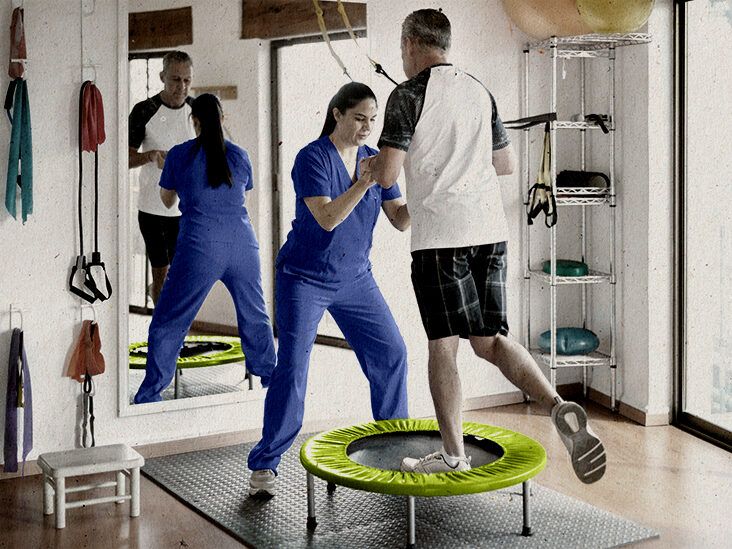Exploring the Impact of Hands-on Therapy Methods on Alleviating Muscle and Joint Discomfort and Improving Client Outcomes
Exploring the Impact of Hands-on Therapy Methods on Alleviating Muscle and Joint Discomfort and Improving Client Outcomes
Blog Article
Manual therapy techniques are hands-on methods used by medical professionals to address muscle and joint discomfort. These methods include different types of adjustment and mobilization of the body’s muscle tissue and articulations. The goal of hands-on therapy is to relieve discomfort, improve mobility, and enhance overall performance. Many people suffer from musculoskeletal pain due to trauma, poor posture, or disorders like arthritis. By using manual treatment, practitioners aim to tackle these issues and help clients recover their quality of life.
One frequent hands-on treatment method is spinal manipulation. This technique involves using controlled force to the spine to improve alignment and reduce discomfort. Studies has demonstrated that vertebral adjustment can be beneficial in managing lumbar spinal discomfort and cervical discomfort. Another technique is gentle tissue mobilization, which focuses on relieving tension in the muscles and connective tissues. This can help reduce stiffness and enhance range of motion, making it simpler for clients to move without pain. Both methods can be customized to satisfy the individual needs of each client, ensuring a custom method to care.
In furthermore to discomfort alleviation, hands-on treatment can improve client results in multiple aspects. For example, it can boost circulation, which helps supply oxygen and nutrients to the injured regions of the system. Improved blood flow can also encourage recovery and alleviate swelling. Furthermore, manual therapy can help patients develop better body awareness, which is essential for avoiding subsequent trauma. read here By understanding how their physiques function, clients can make better knowledgeable decisions about their activities and posture, leading to long-term benefits.
The effectiveness of hands-on treatment is often backed by client responses. Many individuals report notable gains in their pain levels and overall function after receiving care. This positive reaction can lead to greater drive for clients to participate in physical activity and rehabilitation exercises. When clients feel better, they are more likely to participate in their recovery process, which can additionally improve their results. This cooperative approach between the therapist and the patient is essential for attaining lasting results.
In conclusion, hands-on treatment methods play a vital role in alleviating musculoskeletal discomfort and enhancing client outcomes. By using techniques such as vertebral adjustment and soft tissue manipulation, medical providers can help patients regain movement and alleviate discomfort. The benefits of manual treatment go beyond immediate pain alleviation, as it also encourages healing and encourages clients to take an proactive role in their recovery. As more individuals look for efficient treatments for musculoskeletal issues, hands-on treatment continues to be an essential option in the field of medicine.